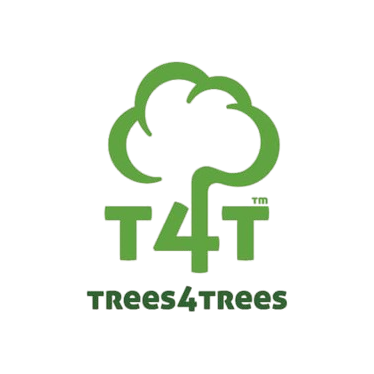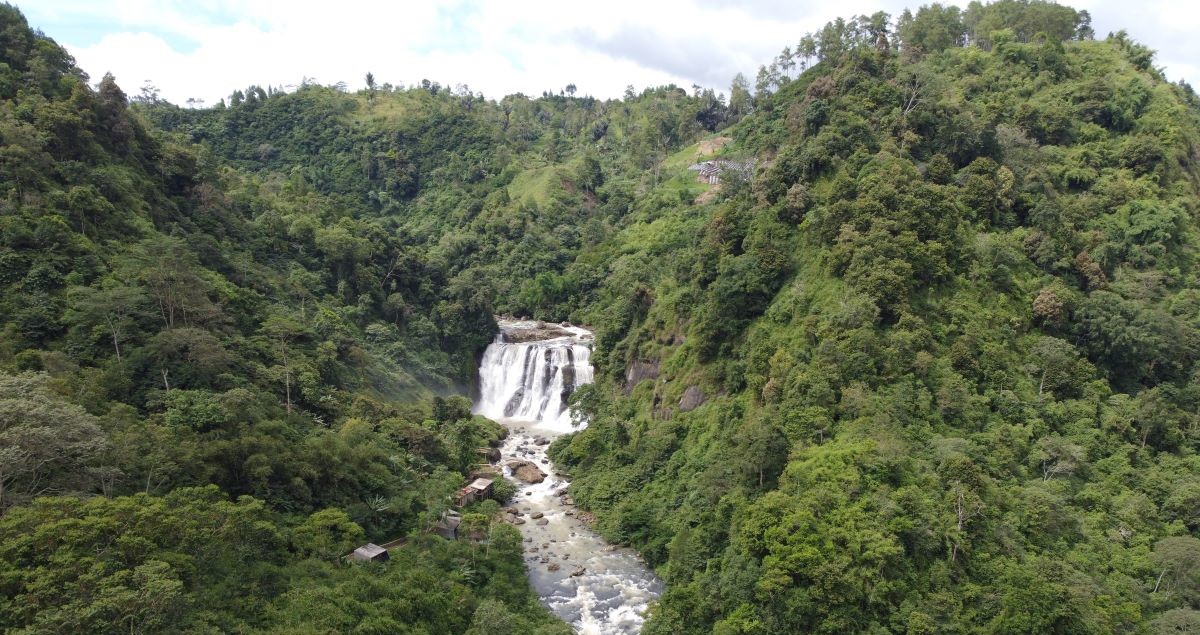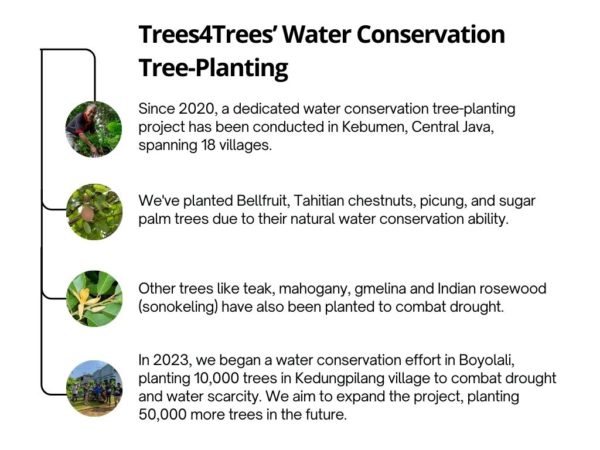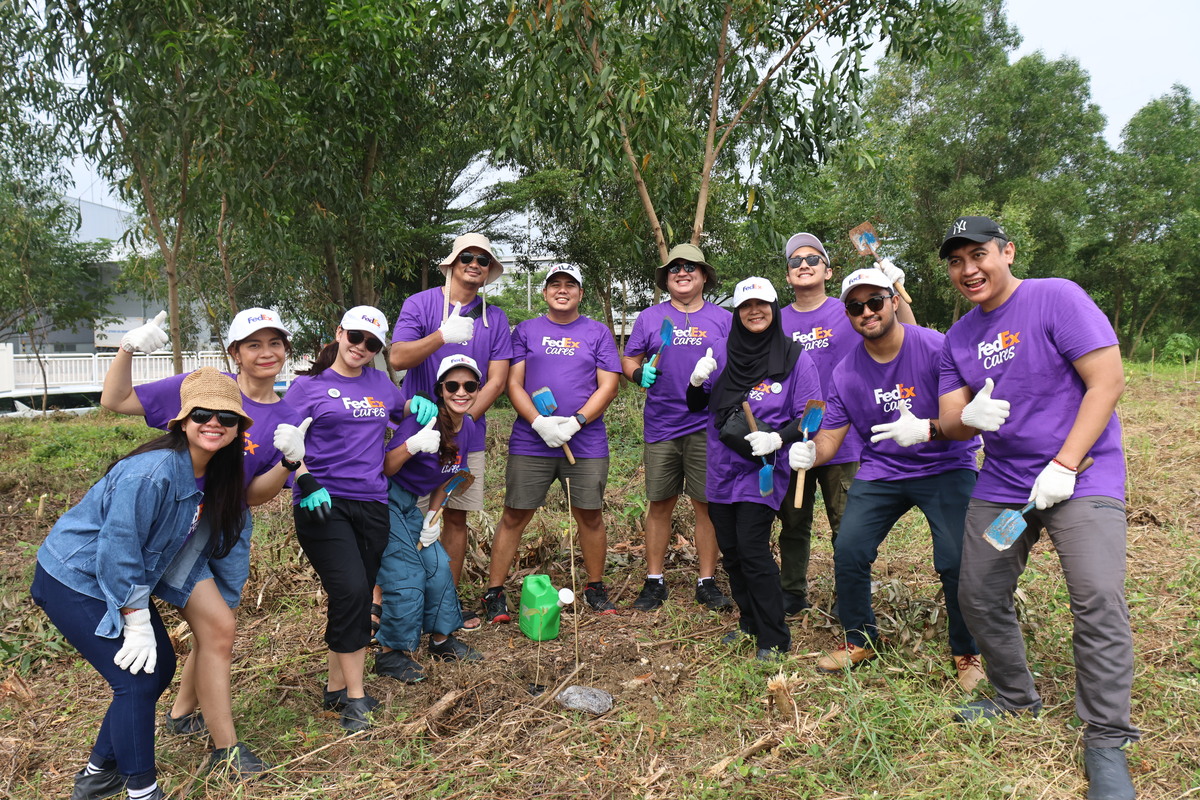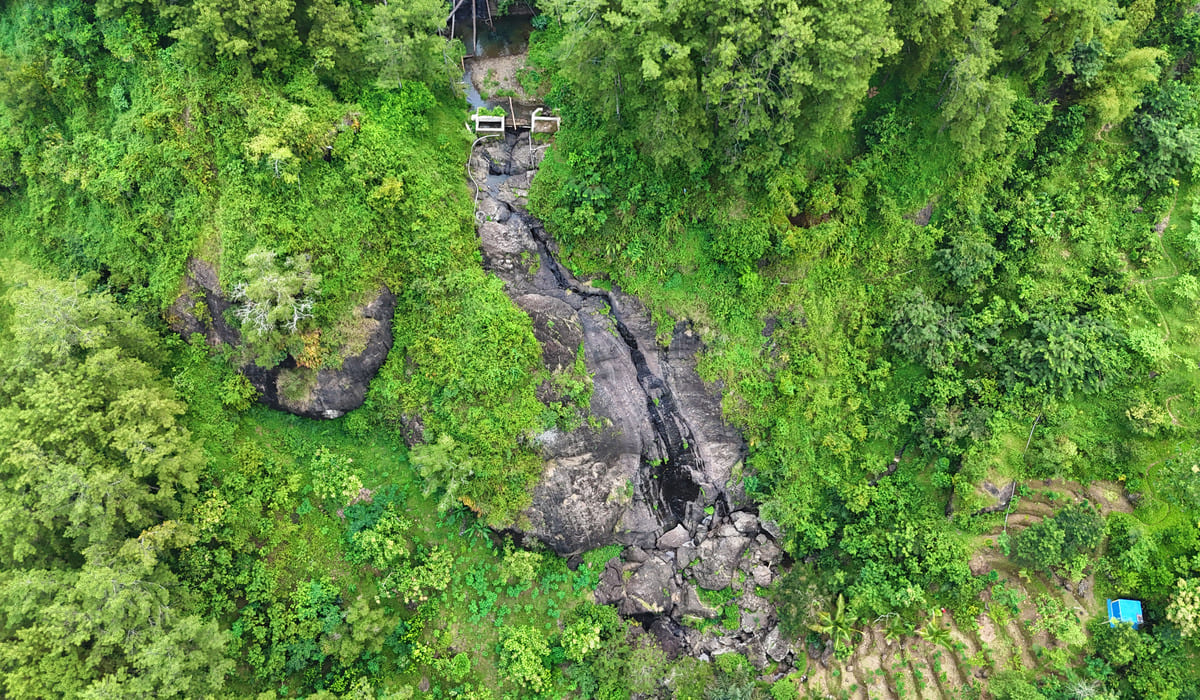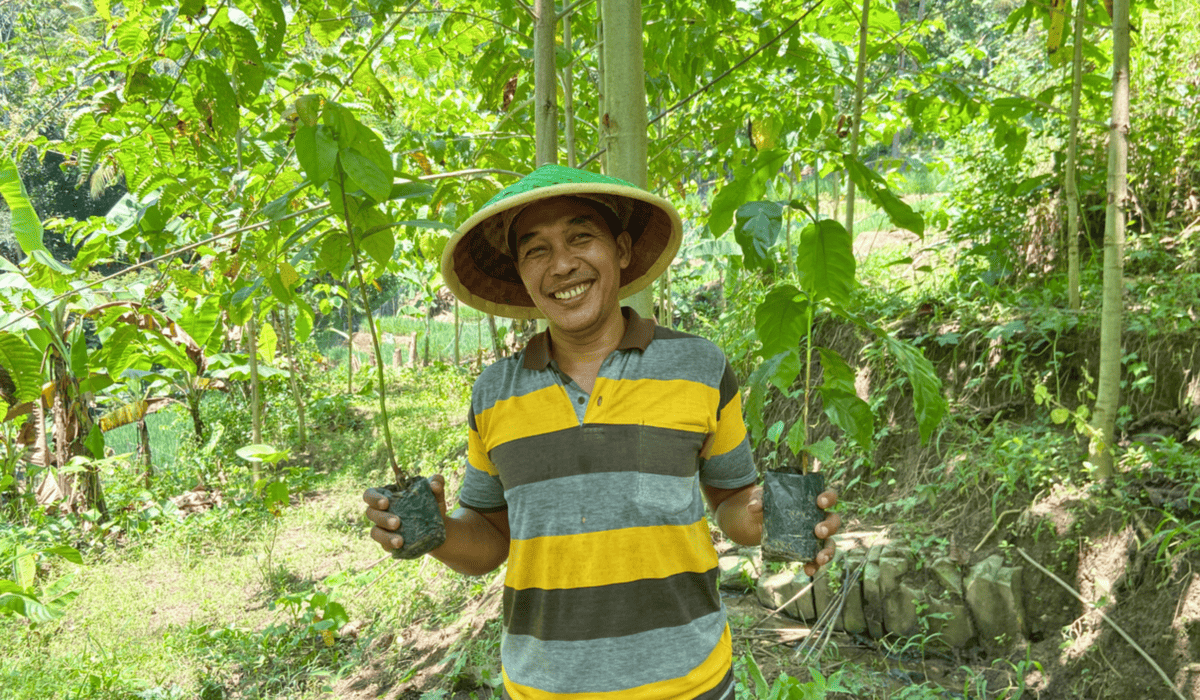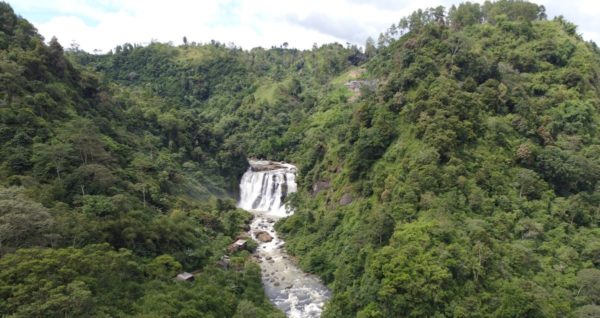
(Conserve Water) Water is fundamental for humans and all living creatures. While trees are key players in maintaining water cycles and supplies. They capture rainwater, mitigating natural disasters like floods and landslides. Consequently, the tree cover within healthy forests is crucial for preserving water resources, as it positively impacts the quantity, quality, and filtration of water. Forests help control the water cycle by managing the rainfall, water evaporation, and how it flows through the environment.
So how exactly do trees help in conserving water, ensuring water availability on Earth, and support our life?
Incredible ways of trees in conserving and managing water
- Trees’ intricate root system removes pollutants and slows the water absorption into the ground. As the result, this process prevents soil erosion near water. It also reduces the risk of sedimentation and floods.
- By mitigating soil erosion and prevent sediment from infiltrating storm drains and streams, trees help to clean and enhance water quality.
- Trees manage rainwater by intercepting rainfall in their leaves, preventing water runoff, absorbing and stabilizing stream banks with their roots.
- According to the Food and Agriculture Association of the United Nations, a mature evergreen tree can intercept more than 15,000 litres of water every year.
- When rain falls through the tree canopy, it soaks into the ground and is absorbed by the tree roots. This helps to add soil capacity to hold more stormwater.
- The layers of forest canopy, branches, and roots store and release water vapor, which influence rainfall patterns.
However, when deforestation occurs, this natural water cycle process is disrupted. Sediment flows into streams, polluting the water. Without dense and healthy tree covers which control water evaporation, irregular rainfall patterns may occur, leading to droughts and floods. Consequently, this exacerbates water scarcity and environmental degradation.
Read more: 7 Forests Facts You Need to Know
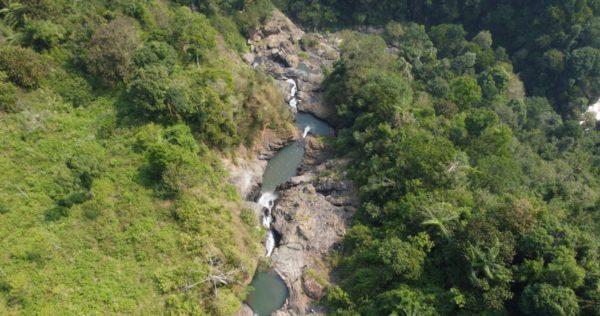
Trees for Water Conservation
The rich tapestry of biodiversity in Indonesia—our working area—offers a diverse range of tree species, some of which are essential for water conservation. These species excel in dry conditions, thanks to their deep root systems, drought tolerance, and ability to capture and retain moisture. In addition to the environmental benefit, some trees also bring economic benefits, providing fruits that can be harvested by local communities. Here are some of water conservation tree species that we plant across our working area:
Sugar palm
The Sugar Palm belongs to the large palm tree family and can reach a height of 25 meters. It has strong stems and is commonly found near the river and downhill due to its ability to store water.
Its root system can stabilize the soil and prevent erosion while also having a great ability to hold water from rainfall. Each root can reach a length of 3 meters and each leaf can hold one to two liters of water, giving the soil beneath the tree more time to absorb more water. In Indonesia, the sugar palm is prized for its sap, used in sugar production, and its fruits, known as kolang-kaling, are popularly consumed as dessert.
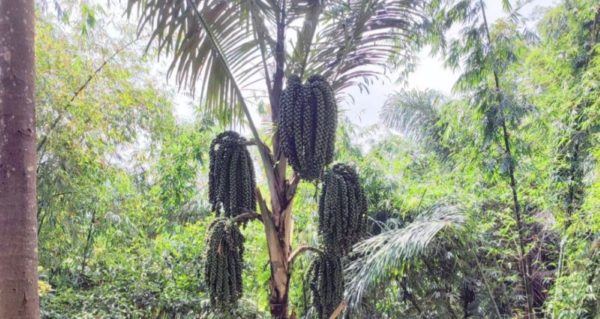
Tahitian chestnut
The Tahitian Chestnut is a multi-beneficial tree with an impressive root system, capable of reaching a height of 30 meters. Tahitian chestnut’s strong and deep roots are useful for absorbing rainwater and protecting water sources.
The tree also could store large amounts of water near ground level, making it a good water conservation tree for maintaining the availability of water. The Tahitian Chestnut is a symbol of peace and tranquility due to its shading properties.
Pangi
The Pangi tree can reach a height of 40 meters and has dense leaves. Its original habitat is in wet tropical rainforests, including those in Indonesia.
The tree is commonly found in lowlands, particularly on riverbanks. Due to its strong root system, the Pangi tree can prevent erosion on degraded lands as well as protect and green the river basin. It is also popular with its fruit in Indonesia, called kluwak.
The fruits are widely used in Indonesia as a traditional spice to add flavor and color to soups, making them rich and delicious.
Trees4Trees Water Conservation Tree-Planting
Water conservation is one of the key objectives in our reforestation efforts. We’ve planted diverse tree species to advance water conservation, focusing especially on the Kebumen and Boyolali regions of Central Java.
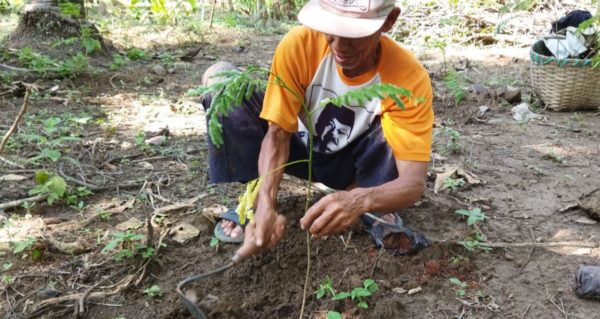
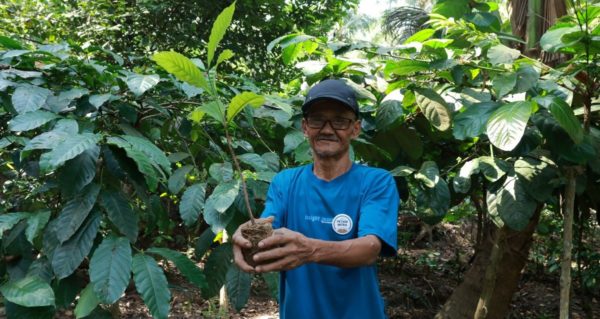
Read also: The Story of Wasis: Making a Difference in Water Conservation
The tree-planting aims to help improve the environment, especially by enhancing water sources, ensuring clean water availability for the local community, and achieving the long-term goal of access to clean water. Here, we highlight our water conservation tree-planting efforts.
Read more: Trees4Trees tree-seedlings distribution in Central Java and Yogyakarta
As we celebrate World Water Day, let’s acknowledge the important role of trees and forests in protecting our water. Join Trees4Trees in planting trees to conserve water resources!
Together, we can help the environment and support villages facing drought and water scarcity. Your support is crucial in our mission to restore forests and improve water resources for the future. Let’s work together for a sustainable future. Join us in planting trees today!
Learn more about Boyolali tree-planting project at this link or contact us through email: info@trees4trees.org
